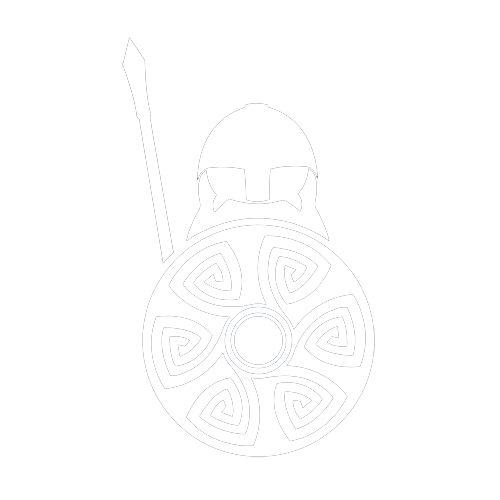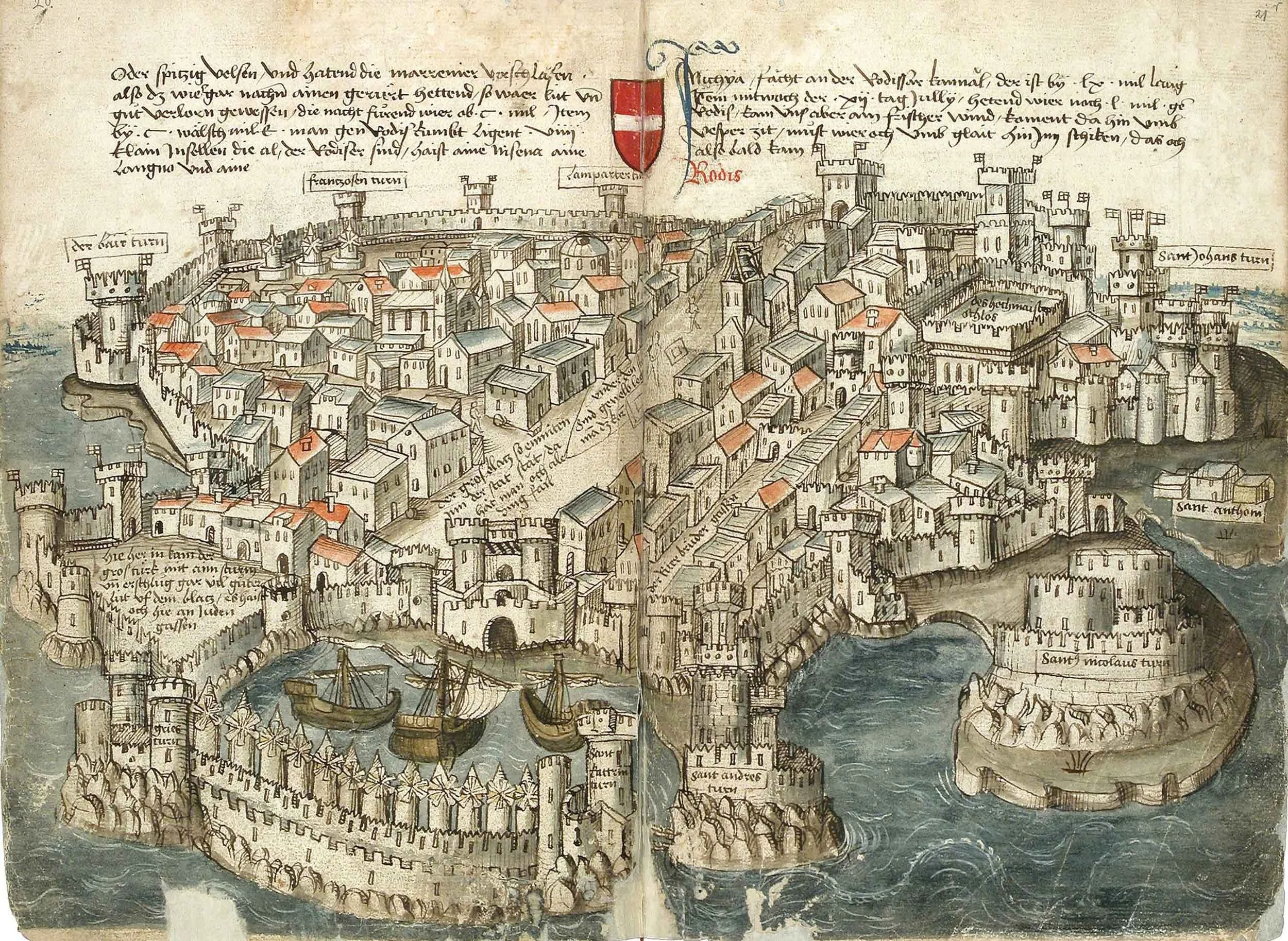Medieval Life and Times - What was Medieval daily life like?
Medieval life was in a time characterised by immense changes in social, economic, and political systems. The era was marked by the rise of Christianity, feudalism, and the spread of trade and commerce. During this time, Europe saw the emergence of great empires, significant scientific advancements, and the development of new art and literature forms. It was also a time of great turmoil, with wars, plagues, and political instability impacting the lives of millions. Despite the challenges, the medieval period played a crucial role in shaping the modern world and continues to fascinate historians and enthusiasts to this day.
Medieval Life and Times - The Lower Class
Most peasants had a thatched roof hut, with walls made from wattle and clay or dung. A fire would roar in the middle of the single-roomed hut, which would be the only source of heat, whilst also being the kitchen oven, where rabbit stew, broth and anything vegetable based could be cooked. The air they breathed would have been very smoky.
Harvesting food was essential to living. During the Medieval life and times of a peasant, food was scarce. The ploughing would start in the autumn, then the sowing of seeds in spring, followed by harvesting in late August. If the weather was particularly bad and the harvest was poor, during late spring the food stores would start running out and people would starve to death. Simple as that.
Disease would have been rife too, with malnutrition from poor harvests and the lack of penicillin, disease could ravage entire villages in very little time. We have all heard about the plague, also known as the black death, which wiped out around one third of the European population (up to a possible 200 million people). But other diseases like the flu and TB, which today we can cope with through advances in medicine, killed people during the Medieval life and times.
“People would starve to death. Simple as that.”
In the towns, the streets would be bustling with life, more so as they were very narrow. Shops, workshops, markets and brew houses would be open for passing trade. Church bells would be heard ringing, and noisy traders would be shouting for custom. At the end of the working day, a town crier would ring the curfew bell for everyone to close up shop and go home. The town gates would then be closed and patrols would watch the town through the night.
Medieval Life and Times - The Upper Class
Not everyone in the Medieval life and times suffered as badly. Those born into high society, lead very different lives to the peasants. The Kings, Barons, Lords and Nobles controlled vast areas of land, and the peasants tended to work the land for them. In order to keep your bit of the land and title, you had to provide some form of service to the land owner, be it militarily or just loyalty through swearing an oath. This is known as the feudal system. The peasants were at the very bottom of the feudal ladder, the King at the very top.
The barons and nobles could live the high life, reaping the rewards of owning such titles and land. Being closely linked with the King, they would be expected to join the King's army if asked, and go straight into battle if required. But between wars, nobles during the Medieval life and times, were well fed, secure and lived in glorious castles and manor houses on vast estates. They were not entirely protected from disease, but certainly were better off than their peasant workers!
What the peasants and the barons did have in common though, was religion. Christian Catholicism was the only recognised religion during the Medieval life and times of Europe. Anyone and everyone, from peasants to Kings, were very serious about their religious beliefs. Church was attended by all, sometimes everyday, and vast monasteries and convents were swiftly built during the middle ages to celebrate the Christian beliefs. Pilgrims would travel huge distances to pay their respects for dead saints. Thomas Beckett was a fine example of this, when he was murdered in Canterbury Cathedral under King Henry, thousands of pilgrims travelled to visit his Shrine in Canterbury. Plenty still flock to see the shrine today.
Medieval Daily Life of a Lord
Dawn: Church mass, followed by breakfast of bread and wine
Morning: Meeting with the manager of the manor, whilst the lady would do embroidery. Knights would practise fighting.
Lunchtime: Food would be eaten in the great hall, consisting of lots of small dishes. Jesters and music would entertain.
Afternoon: Hunting groups would go off, and board games would be played inside.
Dusk: Church prayers, then dinner. Huge feasts would be put on for guests.
Evening: Stories of today's events would be heard by a travelling minstrel. Idle chit-chat amongst guests.
Night: Church prayers, then a light meal, followed by bed.
Medieval Life and Times - Facts about medieval times
Medieval times were from the Battle of Hastings in 1066 up to the Renaissance period 1485.
Feudalism was the power hierarchy of the medieval times.
Christian Catholicism religion was the only recognised religion in Medieval daily life
Wars and battles were common, and seemed to be the final way to resolve a dispute
Life was hard for anyone in lower classes than the nobles
Disease was everywhere, and deadly
Crime was punishable through physical torture and death
Violence was a daily event
Animals and land were essential for survival, and farming was the main occupation
Castles were built to protect the lands



